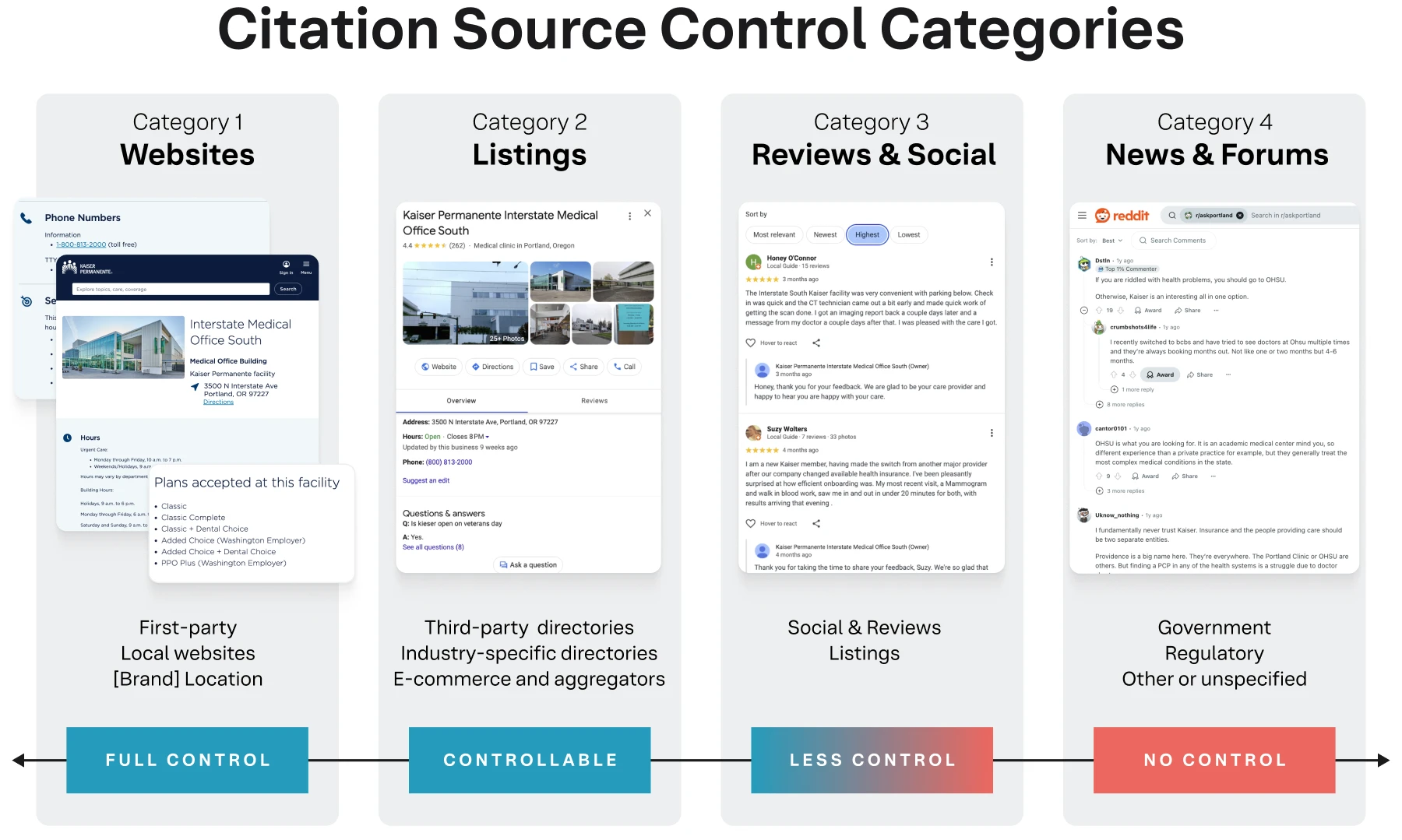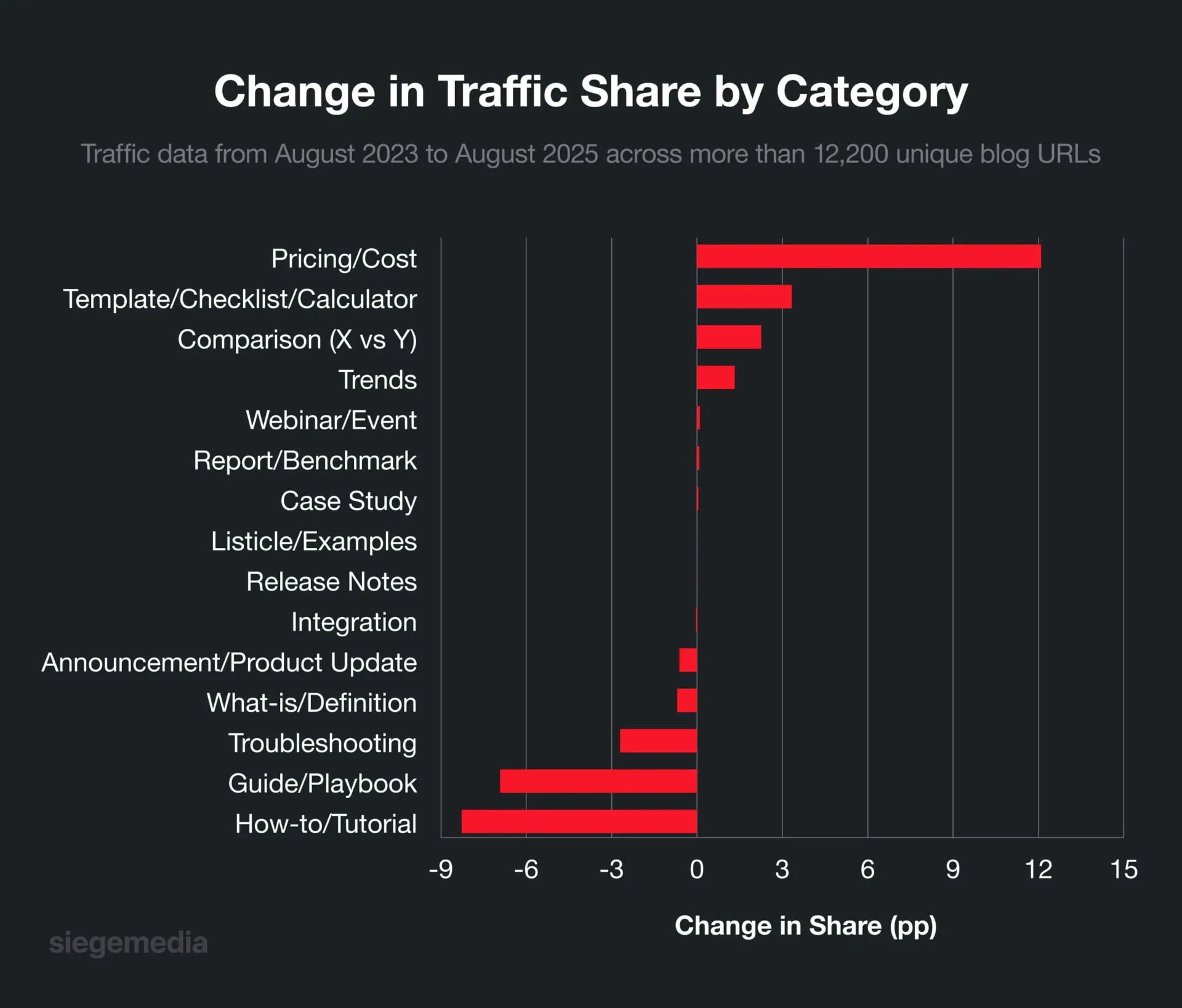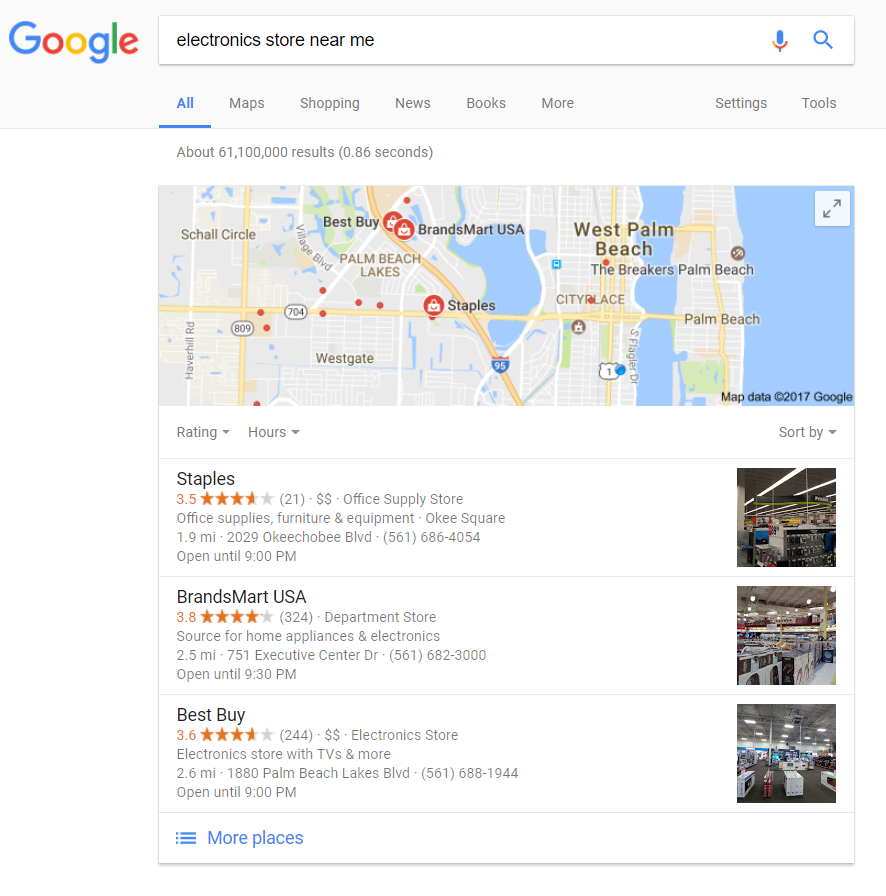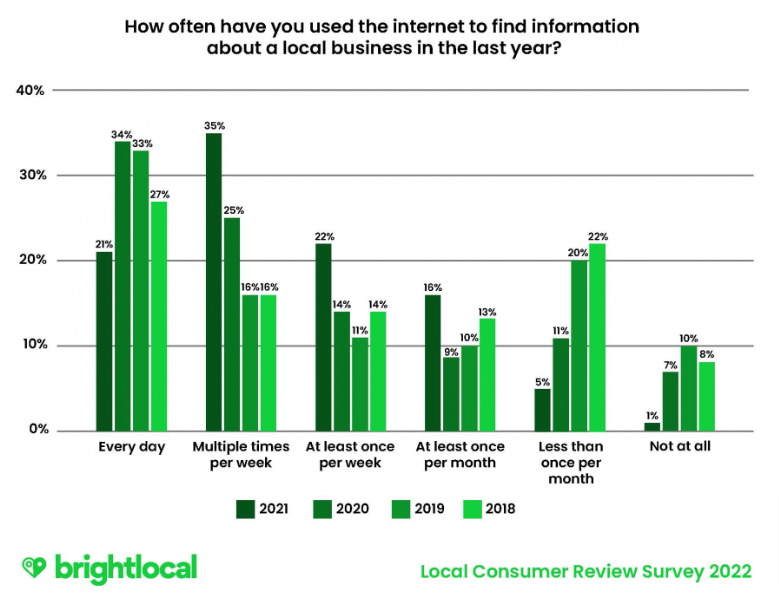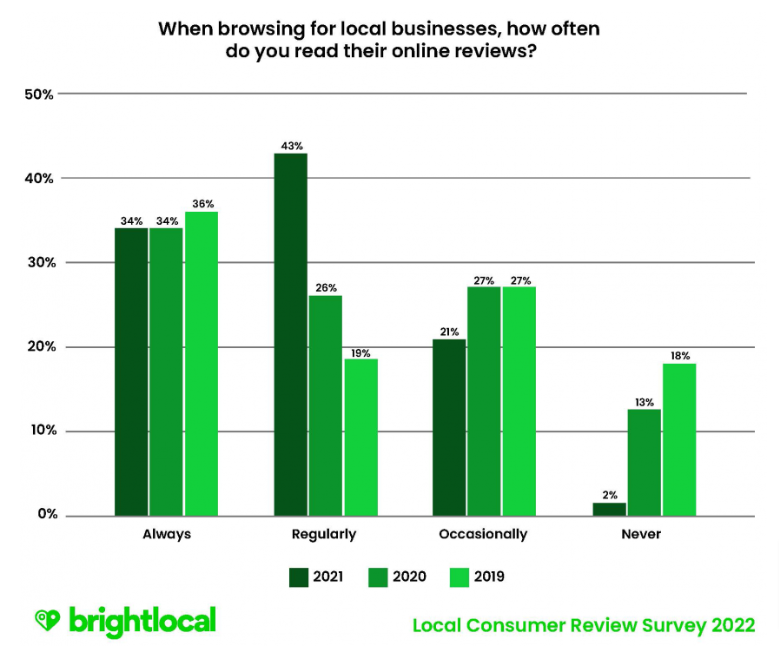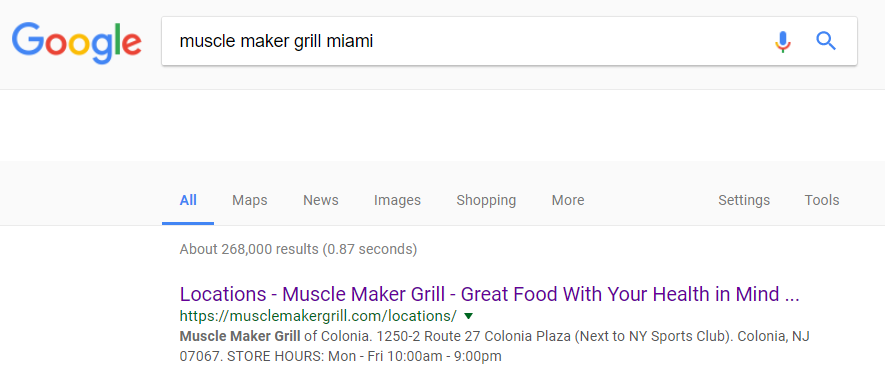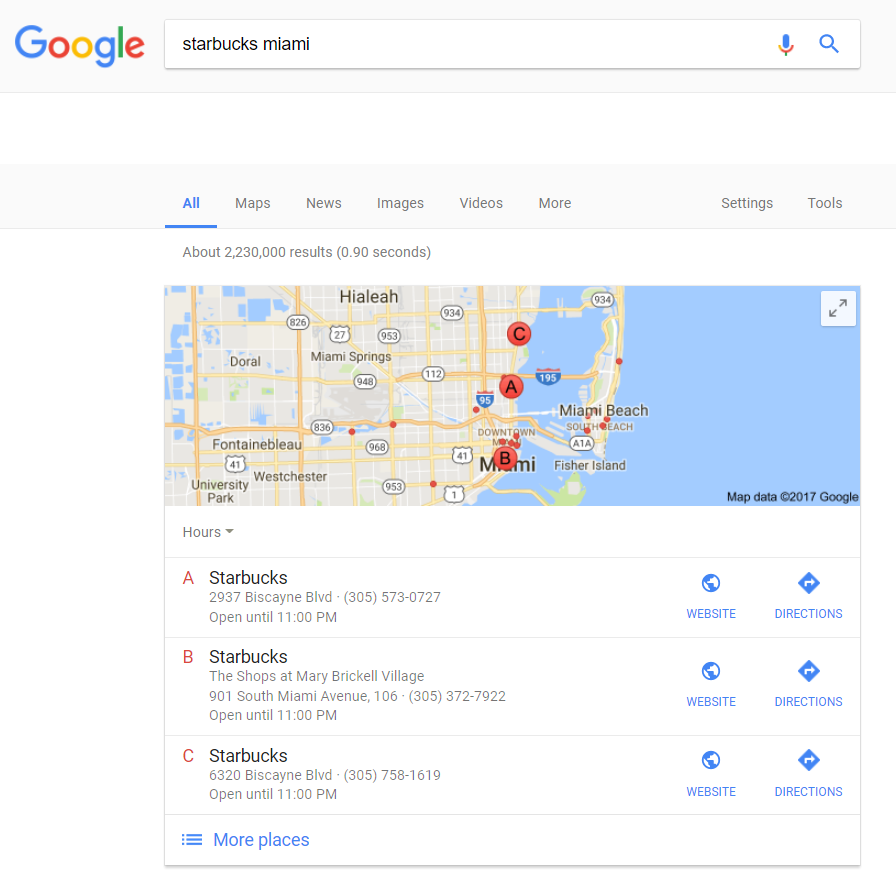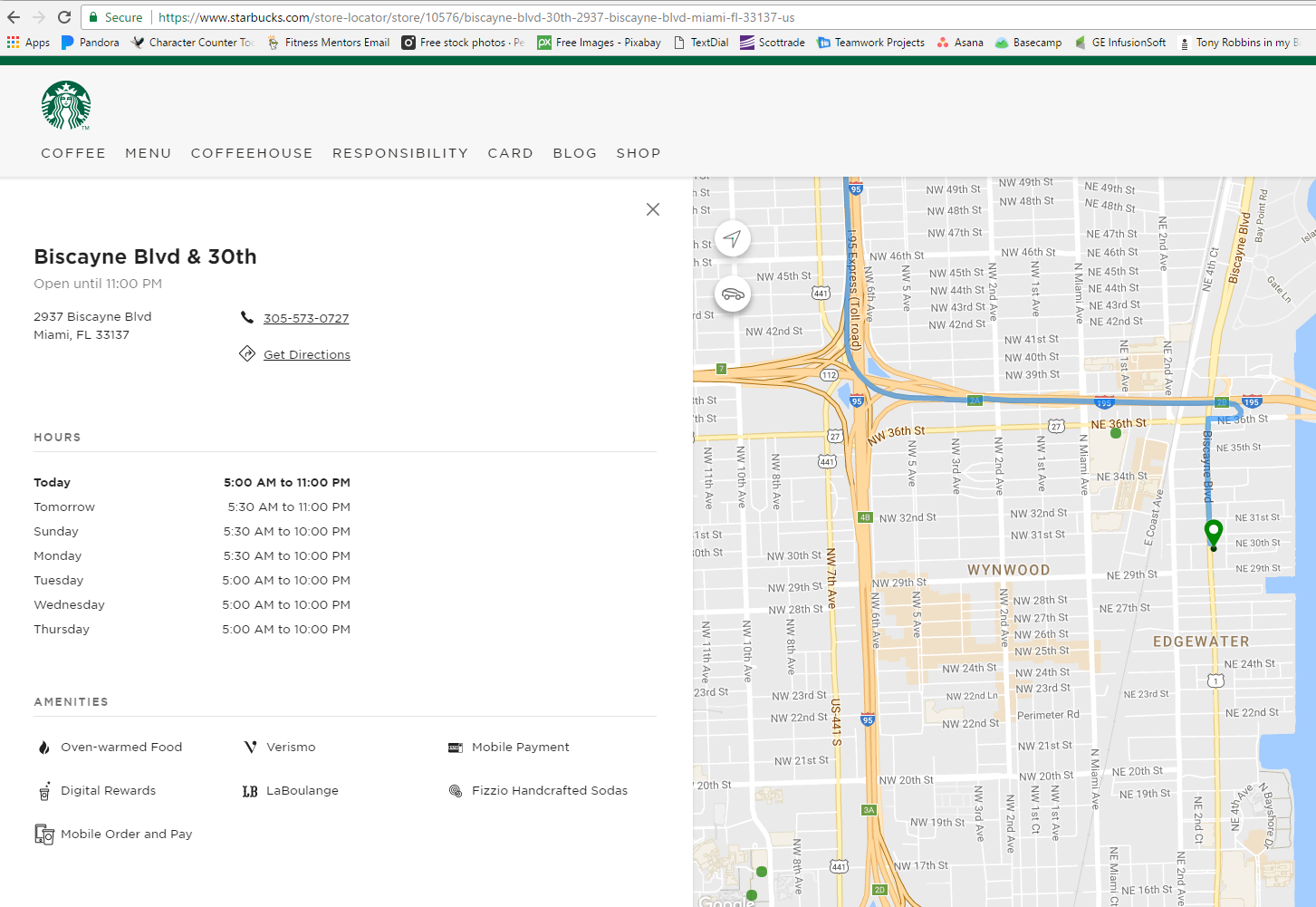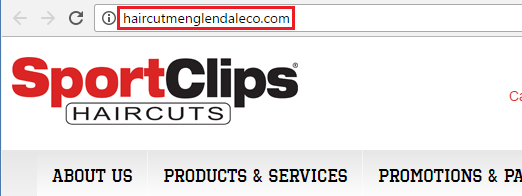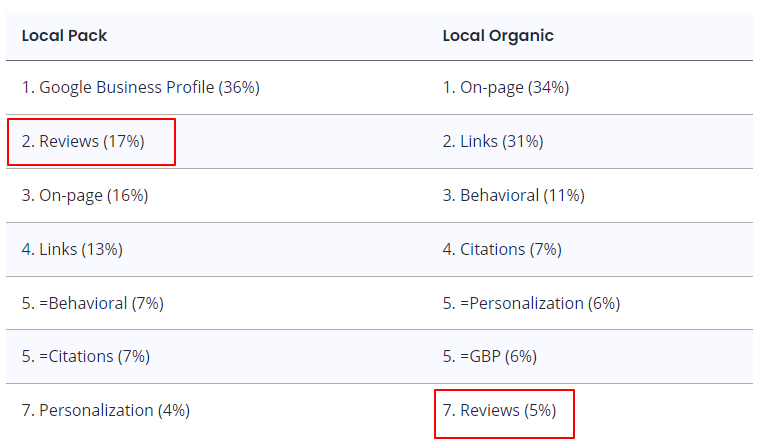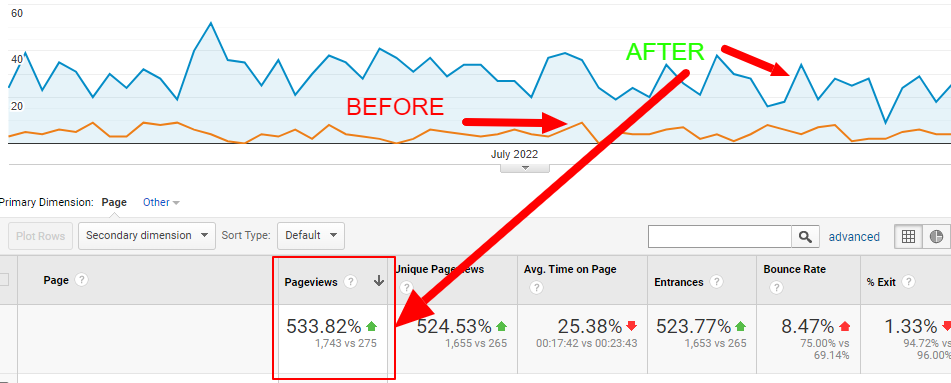AI-powered platforms like Google AI Overviews, ChatGPT, and Perplexity are increasingly becoming the go-to sources for answers, and brands that fail to adapt risk becoming invisible.
While traditional SEO has been correlated with mentions in these tools, the following agencies have shown a particular knack for capitalizing on the emerging factors related to AI SEO. While this is our list, we are particularly keen on the leaders in the AI SEO space, the brands with legit case studies and credibility, or those that are on the thought leadership front that own or work at these agencies.
In this article, we’ll explore the top agencies that are pioneering this new frontier and helping brands like yours thrive in the age of AI.
- Table of Contents
- Digital Elevator – Best for SMBs
- Notebook Agency – Best for B2C SaaS
- Omnius – Best for B2B SaaS & Fintech
- Siege Media – Best for Enterprise Content
- First Page Sage – Best for Complex Industries
- Intero Digital – Best for Large Content Libraries
- iPullRank – Best for Complex Websites
- Go Fish Digital – Best for Data-driven Marketing
- Guide to Working with an AI SEO Agency
Table of Contents
Digital Elevator – Best for SMBs
Digital Elevator is a marketing agency known for its work in biotech, healthcare, and eCommerce that has embraced the power of AI to deliver exceptional results for its clients. Their focus on SEO, answer engine optimization (AEO), and content marketing helps clients increase their visibility in both traditional and generative search.
With nearly 15 years of experience, including Fortune 500 work, the agency focuses on high-growth, small to mid-market companies, providing content strategy, competitive intelligence, SEO and AI optimization, bottom-funnel content marketing, PR, and UX/UI design. Digital Elevator’s specific focus is creating high-intent content that meet buyers at the most critical stages of the sales funnel, including the most critical sources of content that drive AI brand discovery.
Specialization:
- AI Search Optimization
- LLM Optimization
- SEO-Driven Growth Consulting
- Content Strategy & Creation
- AI Competitive Intelligence
Ideal client:
- Small businesses to mid-market enterprise
Client examples:
- McKesson
- Champions Oncology
- Waters Corp
- Harmonic
- DuvaSawko
Notebook Agency – Best for B2C SaaS
Notebook Agency is a results-driven SEO and LLM optimization agency that helps businesses attract qualified traffic and maximize growth with AI-powered strategies. They are focused on positioning brands as the preferred solution when enterprise buyers consult LLMs like Google AI Mode and ChatGPT. Their Truth Alignment Framework™ is designed to make your brand AI’s recommendation, not just another option.
Specialization:
- AI Search Optimization
- SEO-Driven Growth Consulting
- Content Strategy & Creation
- Technical SEO Optimization
- Link Building & Digital PR
Ideal client:
- B2B SaaS companies
Client examples:
- Signaturely
- Bonsai
- CryptoWallet
Omnius – Best for B2B SaaS & Fintech
Omnius is a specialized SEO & LLMO agency known for its exclusive work with B2B SaaS and Fintech companies that have embraced the power of AI search optimization to deliver exceptional revenue-focused results. Their focus on SEO, GEO (Generative Engine Optimization), and bottom-of-funnel content marketing helps clients increase their visibility in both traditional search engines and AI platforms such as ChatGPT and Perplexity.
With over a decade of experience working exclusively in the SaaS and Fintech space, the agency focuses on subscription-based businesses, from venture-backed startups to enterprise companies. What sets them apart is AtomicAGI, their proprietary in-house AI SEO analytics software that tracks brand visibility and citations across AI search platforms in real-time, a capability most agencies lack, positioning Omnius as an industry leader in GEO.
Specialization:
- Generative Engine Optimization (GEO)
- Revenue-Focused B2B SEO (On-Page & Off-Page)
- Technical SEO for LLM Crawlers
- Programmatic SEO for Scale
- Content Marketing
Ideal client:
- B2B SaaS companies (early-stage to enterprise)
- Fintech platforms
- AI/LLM software companies
Client examples:
- TextCortex AI
- Anna Money
- Zencoder
Siege Media – Best for Enterprise Content
Siege Media is a content marketing agency that has adapted its approach for the generative era. They build GEO, SEO, and content strategies that drive compounding growth for B2B and B2C enterprise brands. Their strategies ensure that content shows up where people are searching, whether it’s Google, ChatGPT, Perplexity, or other LLMs. This means stronger visibility, more qualified traffic, and long-term SEO resilience.
Specialization:
- Generative Experience Optimization (GEO)
- SEO & Content Strategy
- Content Creation & Promotion
- Link Building & Digital PR
Ideal client:
- Enterprise brands (B2B & B2C)
Client examples:
- Instacart
- Figma
- Zoom
First Page Sage – Best for Complex Industries
First Page Sage is a pioneering agency in the field of GEO, with a strong focus on B2B companies. They have written extensively about the newly developed marketing channel, from their initial research study on generative AI recommendation algorithms to the first published guide to GEO strategy. Their comprehensive approach covers every aspect of optimizing for ChatGPT and other generative AI engines.
Specialization:
- Generative B2B SEO Strategy
- Thought Leadership & Topical Authority
- Content Structure & Semantic Depth
- Credibility Indicators for AI Models
Ideal client:
- B2B companies in complex fields (SaaS, medtech, manufacturing)
Client examples:
- Salesforce
- Logitech
- Verizon
Intero Digital – Best for Large Content Libraries
Intero Digital takes a technical approach to GEO, providing clients with website optimizations that increase their page visibility in generative engines. Their proprietary crawler simulation, InteroBOT®, mimics how generative engines and traditional crawlers evaluate content, helping to surface issues that limit discoverability. This approach is particularly effective for brands with large content libraries that want to improve visibility on platforms like ChatGPT and Perplexity.
Specialization:
- Technical Optimization for GEO
- Full-Funnel Marketing Services
- Website Development
- Content Marketing
Ideal client:
- Enterprise clients with large content libraries
Client examples:
- Tamron
- Quantum Health
- Arizona Technology Council
- Zayo
iPullRank – Best for Complex Websites
iPullRank focuses on enterprise-level technical SEO, with deep experience in JavaScript rendering, log file analysis, and large-scale site architecture. Their process is built to ensure that both search engines and generative platforms can crawl and interpret complex content structures without friction. Generative optimization is part of their core workflow, with audits that include analysis of how AI systems access and evaluate content strategy.
Specialization:
- Enterprise-Level Technical SEO
- Generative AI Adoption
- JavaScript Rendering & Log File Analysis
- Large-Scale Site Architecture
Ideal client:
- Enterprise websites with complex content structures
Client examples:
- American Express
- Citi
Go Fish Digital – Best for Data-driven Marketing
Go Fish Digital is one of the most advanced agencies in the GEO space, with a team recognized for its unmatched ability to analyze and apply Google patents directly to client strategies. They use custom-built technology with backtested results to identify exactly where and how a brand can increase its inclusion in AI-generated answers. Their approach is deeply rooted in understanding how AI systems retrieve and prioritize content, and then building tactical plans to influence those systems in measurable ways.
Specialization:
- Patent-Based GEO Strategies
- Custom-Built AI SEO Technology
- Semantic Content Audits
- AI Overview Analysis
Ideal client:
- High-profile brands seeking a data-science approach to GEO
Client examples:
- GEICO
- About Amazon
- Wayfair
- Jelly Belly
Guide to Working with an AI SEO Agency
Choosing the right AI SEO agency is crucial for navigating the evolving search landscape. Here are some key considerations to help you make an informed decision:
- Proven AI SEO Expertise: Look for agencies with a track record of success in ranking clients in AI Overviews and other generative search platforms. Ask for case studies and data to back up their claims.
- Technical Capabilities: A top AI SEO agency should have a deep understanding of large language models (LLMs), semantic search, and the technical aspects of optimizing for AI. They should be able to explain their methodologies in a clear and concise way.
- Custom Technology: Inquire about any proprietary tools or platforms they use for AI SEO. Custom technology can be a sign of a forward-thinking agency that is invested in staying ahead of the curve.
- Strategic Approach: The agency should have a strategic, data-driven approach to AI SEO that aligns with your business goals. They should be able to create a customized strategy that is tailored to your specific needs and target audience.
- Thought Leadership: Look for an agency that is actively contributing to the conversation around AI SEO. This can be a sign that they are passionate about what they do and are committed to staying up-to-date on the latest trends and best practices.
If you’re an small-to-medium enterprise and are looking for an AI SEO partner, contact Digital Elevator today.









